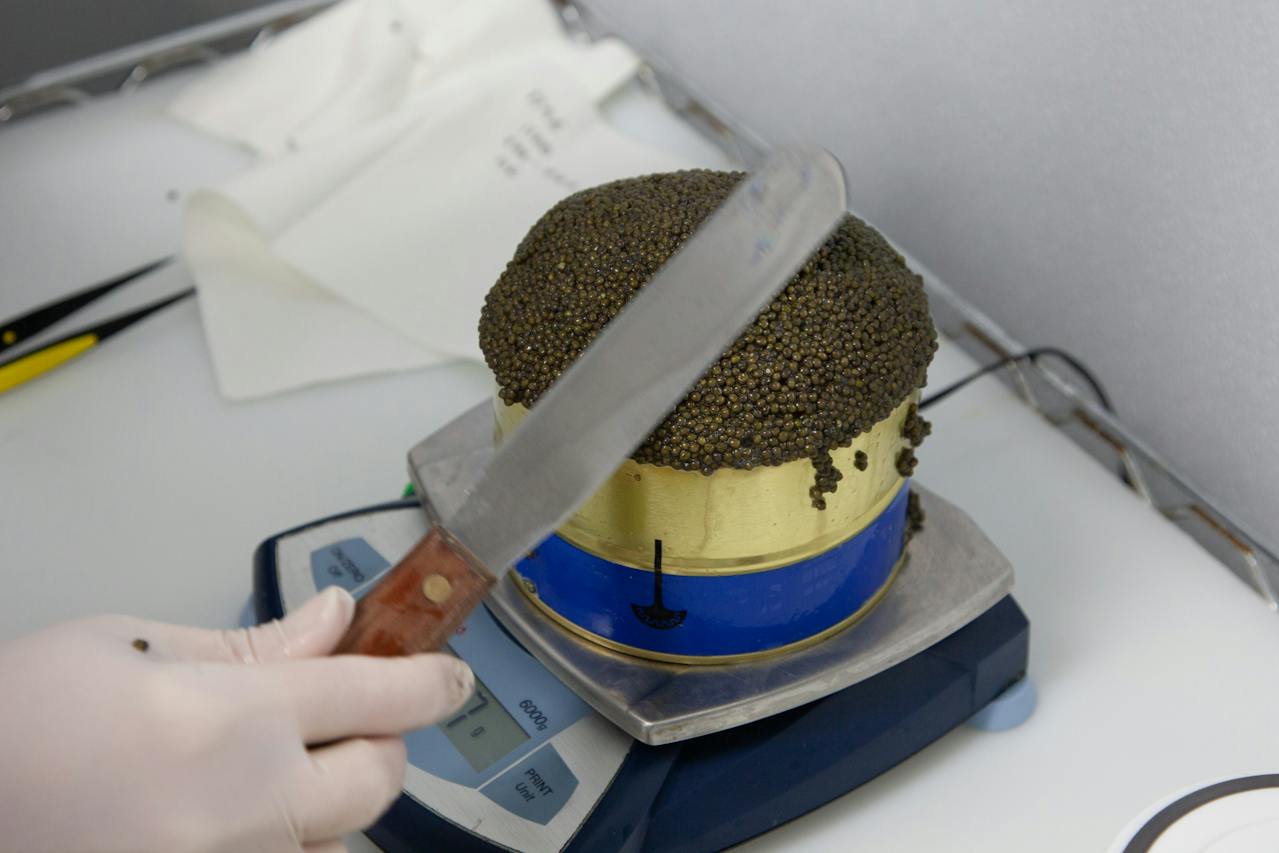Selecting the right type of caviar depends on personal taste preferences, occasion, and budget. Each type of caviar offers a unique flavor profile and texture, catering to different palates. Here’s a guide to help you choose the best type of caviar for your needs:
The Basic Flavors of Caviar
Caviar has three basic flavors that come in different types. If the caviar has an exotic flavor, it will be called a “specialty” caviar. If the caviar is based on the types of fish that the Middle East is famous for using it will be called something else. However, the three flavors of caviar are:
Iranian caviar is the most common type of caviar on the market. The reason that most people buy Iranian caviar is because of its reputation. Many people will swear on the aroma and the taste of this caviar. It is sold as a hobby to those people who have knowledge of the Middle East. While it is a great flavor to use it should not be relied on entirely.
Black caviar is the most popular flavors of caviar that people buy in large quantities. This is typically sold by independent vendors. There are plenty of people who sell it online. This is typically a high-quality fish product that you should make sure that you buy if you are looking to buy a good smelling and tasting product.
Italian caviar is a very popular product. The people who originally developed this product did so in order to create a product that could be used for mass appeal. The spices used were not the best, so they needed to come up with a way to make the product appealing to a wide variety of people.
Chinese caviar is another one of the more popular caviar types on the market. Most people who buy caviar use this to cook their own caviar. It is generally cheaper to buy caviar types that can be cooked rather than those that need to be preserved. Buying caviar that has been preserved can actually be harmful to your health. The preservatives can cause a variety of different types of medical issues for those who are vulnerable to them.
Flavor Characteristics of Caviar
Caviar, a luxurious delicacy, is celebrated for its complex and nuanced flavors. While individual caviar varieties offer a range of taste profiles, there are three basic flavors commonly associated with caviar in general. These flavors form the foundation of what connoisseurs expect when they savor this gourmet product:
1. Briny/Salty
- Characteristic: This is the most fundamental flavor in caviar, given that all caviar is salted during the curing process. The degree of saltiness can vary.
- Impact on Taste: The brininess enhances the natural flavors of the caviar and acts as a preservative. However, high-quality caviar should never be overwhelmingly salty; rather, it should have a balanced saltiness that complements the roe’s natural flavors.
- Variations: The level of brininess can vary depending on the type of caviar and the curing process. “Malossol,” a term meaning “lightly salted,” is used for premium caviar and indicates a more subtle saltiness.
2. Buttery/Creamy
- Characteristic: Many top-quality caviars, especially those from sturgeon like Beluga or Ossetra, are prized for their creamy, buttery flavor.
- Impact on Taste: This rich, smooth characteristic contributes to the luxurious mouthfeel of the caviar. The buttery flavor is often described as being subtle and refined, adding depth without overpowering the caviar’s other flavors.
- Pairings: The creamy aspect of caviar pairs well with mild, creamy accompaniments like crème fraîche or unsalted crackers and blinis, which complement without masking this delicate flavor.
3. Nutty
- Characteristic: A nutty flavor is a hallmark of several caviar varieties, most notably Ossetra. This flavor can range from a mild almond-like taste to a more pronounced, earthy nuttiness.
- Impact on Taste: The nutty undertone adds complexity to the caviar and can vary in intensity. It often emerges more noticeably as an aftertaste, leaving a sophisticated and pleasant lingering flavor.
- Influence of Origin: The nuttiness can be influenced by the sturgeon’s diet and environment, with certain waters and foods contributing more to this flavor profile.
Types Of Caviar
The first thing that you should know is that there are two basic types of caviar that you should be aware of. These two caviar types include wild caviar and pasteurized caviar.
Wild caviar has been harvested from the fish themselves and then the flesh has not been cooked; therefore, the caviar will retain a greater amount of nutrients than that of the pasteurized variety. This type of caviar should be used on its own or as a component of another type of food. You will want to make sure that when you buy caviar that you choose to get the type that you want to eat as well as the type of food that you are going to serve it with.
Here’s a guide to help you choose the best type of caviar for your needs:


